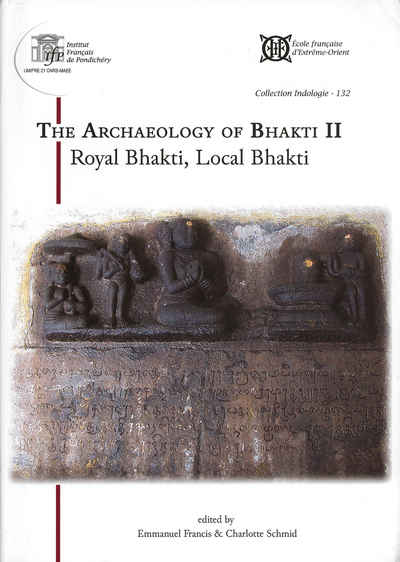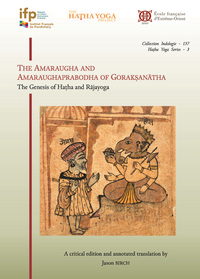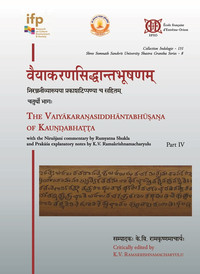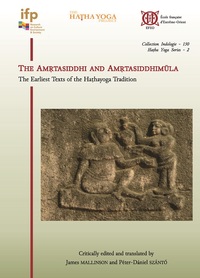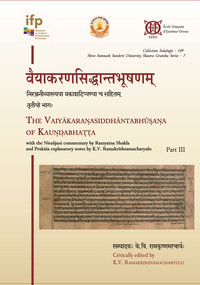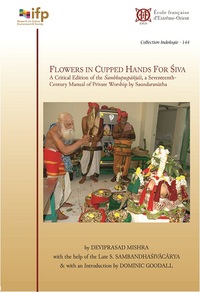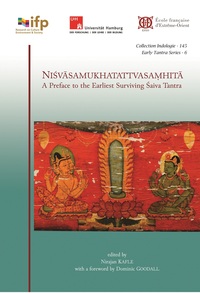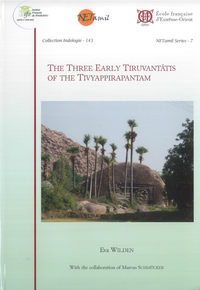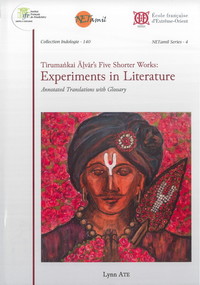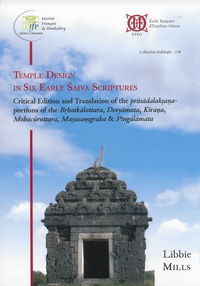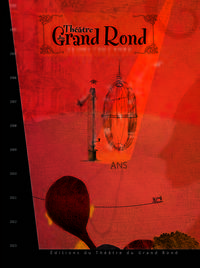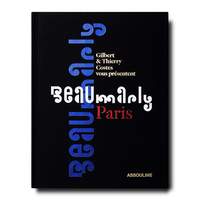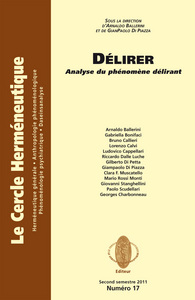Nous utilisons des cookies pour améliorer votre expérience. Pour nous conformer à la nouvelle directive sur la vie privée, nous devons demander votre consentement à l’utilisation de ces cookies. En savoir plus.
The Archaeology of Bhakti II. Royal Bhakti, Local Bhakti
Efeo - EAN : 9782855392219
Édition papier
EAN : 9782855392219
Paru le : 5 mai 2016
56,00 €
53,08 €
Disponible
Pour connaître votre prix et commander, identifiez-vous
Notre engagement qualité
-
 Livraison gratuite
Livraison gratuite
en France sans minimum
de commande -
 Manquants maintenus
Manquants maintenus
en commande
automatiquement -
 Un interlocuteur
Un interlocuteur
unique pour toutes
vos commandes -
 Toutes les licences
Toutes les licences
numériques du marché
au tarif éditeur -
 Assistance téléphonique
Assistance téléphonique
personalisée sur le
numérique -
 Service client
Service client
Du Lundi au vendredi
de 9h à 18h
- EAN13 : 9782855392219
- Réf. éditeur : CI 132
- Collection : COLL. INDOLOGIE
- Editeur : Efeo
- Date Parution : 5 mai 2016
- Disponibilite : Disponible
- Barème de remise : NS
- Nombre de pages : 618
- Format : H:245 mm L:175 mm E:42 mm
- Poids : 1.4kg
- Interdit de retour : Retour interdit
-
Résumé :
This volume is the fruit of the second workshop-cum-conference on the “Archaeology of Bhakti”, which took place from 31st July to 13th August 2013 in the Pondicherry Centre of the École française d’Extrême-Orient. “Royal Bhakti, Local Bhakti” was the topic of this scholarly encounter and is the central theme of the present volume, which attempts to clarify the roles of kings, local elites and devotional communities in the development of Bhakti.
When we look at the monuments that are the material traces of Bhakti, we expect kings and their immediate relatives to have played a key role in producing them. But temples commissioned by ruling kings are in fact relatively rare: most sacred sites resonate with the voices of many different patrons responsible for commissioning the buildings or supporting the worship conducted there. Queens, princes, palace women, courtiers, local elites, Brahmin assemblies, merchant communities, and local individuals all contributed to the dynamism of Bhakti.
Far from downplaying the importance of kings as patrons, this volume explores the interactions between these different agents. Do they represent independent and separate streams of Bhakti? Or is there a continuum from large-scale royal temples to locally designed ones? What is the royal share in the development of a Bhakti deeply rooted in a specific place? And what is the local one? How did each respond to the other? Was the patronage by members of royal courts, especially women, of the same nature as that of ruling kings?
After an introduction by the editors, fifteen scholars address such issues by examining the textual foundations of Bhakti, the use of Bhakti by royal figures, the roles of artists and performers, the mediation of queens between the royal and local spheres, and the power of sacred places. The volume concludes with an afterword by Richard H. Davis.
-
Biographie :
About the editors
Emmanuel Francis was educated at the Université catholique de Louvain (Belgium), where he obtained his doctorate in languages and literatures (2009). He is currently a researcher at the Centre National de la Recherche Scientifique (CNRS) and is affiliated to the Centre d’études de l’Inde et de l’Asie du Sud / Centre for South Asian Studies (CEIAS, UMR 8564, EHESS-CNRS) in Paris. Specialized in Sanskrit and Tamil philology and in the history of South India, his publications include several articles on Indian epigraphical sources. The first volume of his study on the royal ideology of the Pallava dynasty of South India (circa 300–900), Le discours royal en Inde du Sud ancienne, has appeared in 2013. The second volume will appear shortly.
Charlotte Schmid is director of studies of the École française d’Extrême-Orient (EFEO). She divides her research between two areas of field-work, the north and the south of the Indian subcontinent. After studying the earliest known representations of a major Hindu deity of Bhakti, those of Krsna in Mathura, she had the good fortune to spend several years in the Tamil-speaking South. Poring over inscriptions and sculptures produced during the Pallava and the Cola periods (6th-12thcentury) and reading texts with the help of the Pandits at the centre of the EFEO in Pondicherry enabled her to produce her most recent books: Sur le chemin de Krsna : la flûte et ses voies and La Bhakti d’une reine.

